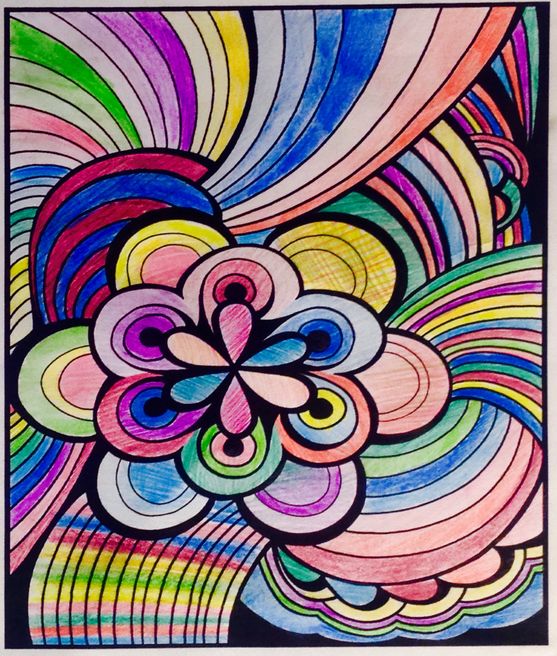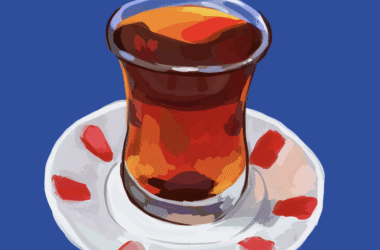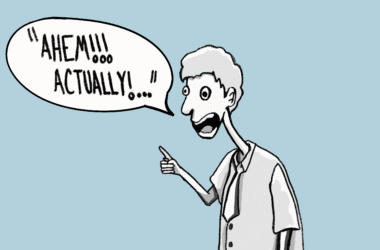In the Brown Student Services Building, there sits a small table with stacks of crisp colouring pages and endless tubs of coloured pencils. This table is a resource for stressed students who might be searching for a therapeutic activity. Art has always been a way for some people to express themselves, but has now been shown to be a good way to cope and heal.
The American Art Therapy Association describes art therapy as “the therapeutic use of art making, within a professional relationship by people who experience illness, trauma, or challenges in living and by people who seek personal development.”
Art therapy can also be used to “explore feelings, reconcile emotional conflicts, foster self-awareness, manage behaviour and addictions, develop social skills, improve reality orientation, reduce anxiety, and increase self-esteem.”
Marygrace Berberian, a certified art therapist and the clinical assistant professor and program coordinator for the graduate art therapy program at NYU, however, warns that colouring alone misses out on the relationship between the client and the therapist, and as such, cannot be called art therapy.
Because I did not have access to an art therapist, I relied on colouring books, as they have nonetheless been shown to help reduce anxiety and improve focus, especially when designs challenge users to remain within lines.
With exams and a final slough of assignments, tests, and projects to get through before the end of the semester, I tried out therapeutic colouring for a week to see if it really helped with stress and anxiety.
Getting the materials was simple enough; I printed free colouring sheets from the internet and bought an inexpensive packet of coloured pencils. I sat down at my desk after a long, busy day, and began colouring. I found it calming to focus on a fun activity which allowed my stressed mind to relax. Colouring required no extra attention or thought-processing; I was looking at soothing colours while letting my brain run free. If someone had asked me to talk about my feelings in that moment, I would have been open to temporarily lowering my emotional guard.
About halfway through my drawing, I accidentally went outside the lines. The first thought I had was, “Well, I’m done. It’s ruined.” I stopped myself and wondered why it had to be perfect if no one was going to see it, and I reminded myself that mistakes are okay. So, I kept colouring. When I finished, I was secretly very pleased with how it turned out—it looked like a pattern of a psychedelic T-shirt from the 70s.
Every time I coloured, it felt nice to focus on performing a single task—especially one that did not require a lot of work. However, I found it was easy to become distracted or bored. I did not notice a change in my stress or anxiety, but at least now I have a collection of colourful pictures.
Despite my mundane experience, I do not discredit art therapy. I believe that if I had been working with an art therapist, I would have seen more direct results from professional guidance, interaction, and reflection. Colouring by myself was merely a fun activity—not a cure to my stress or anxiety.







